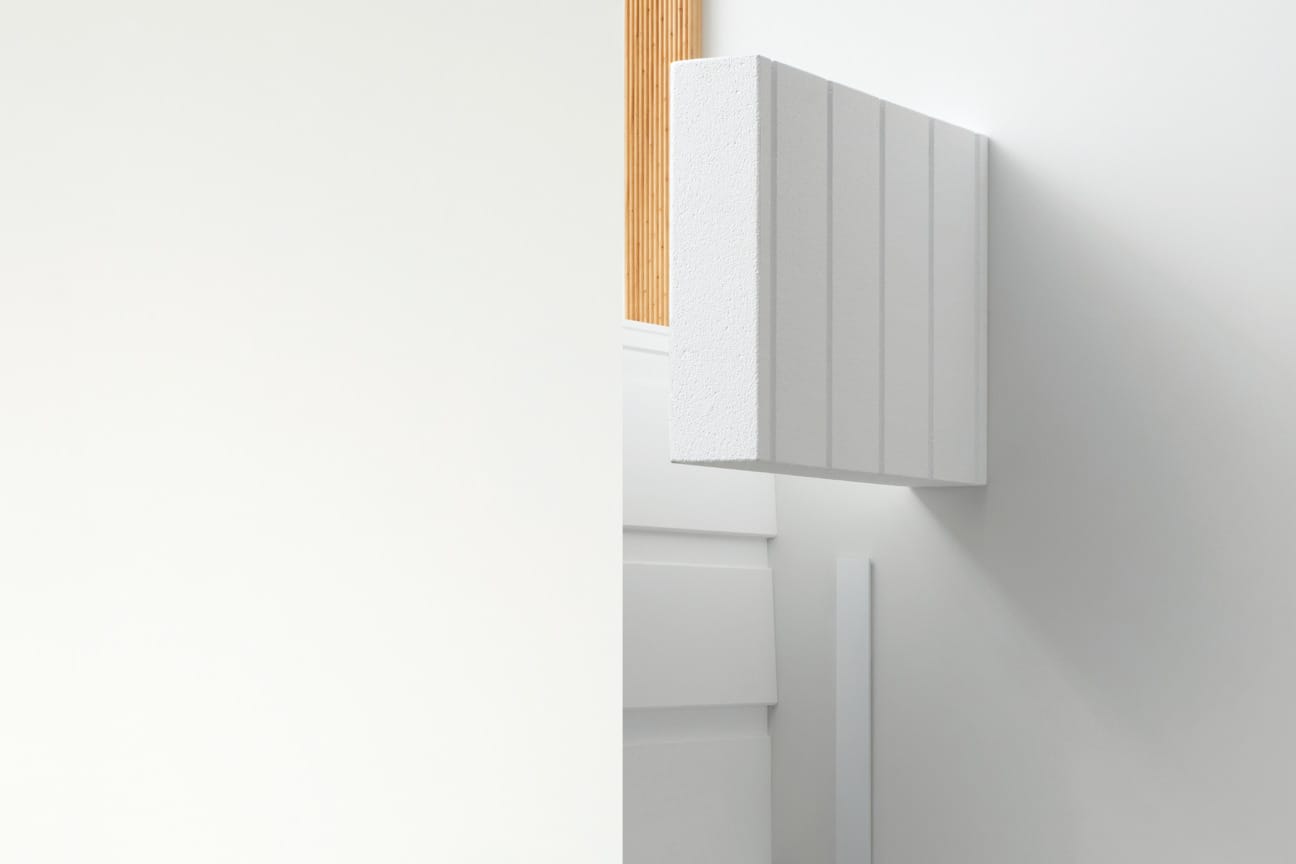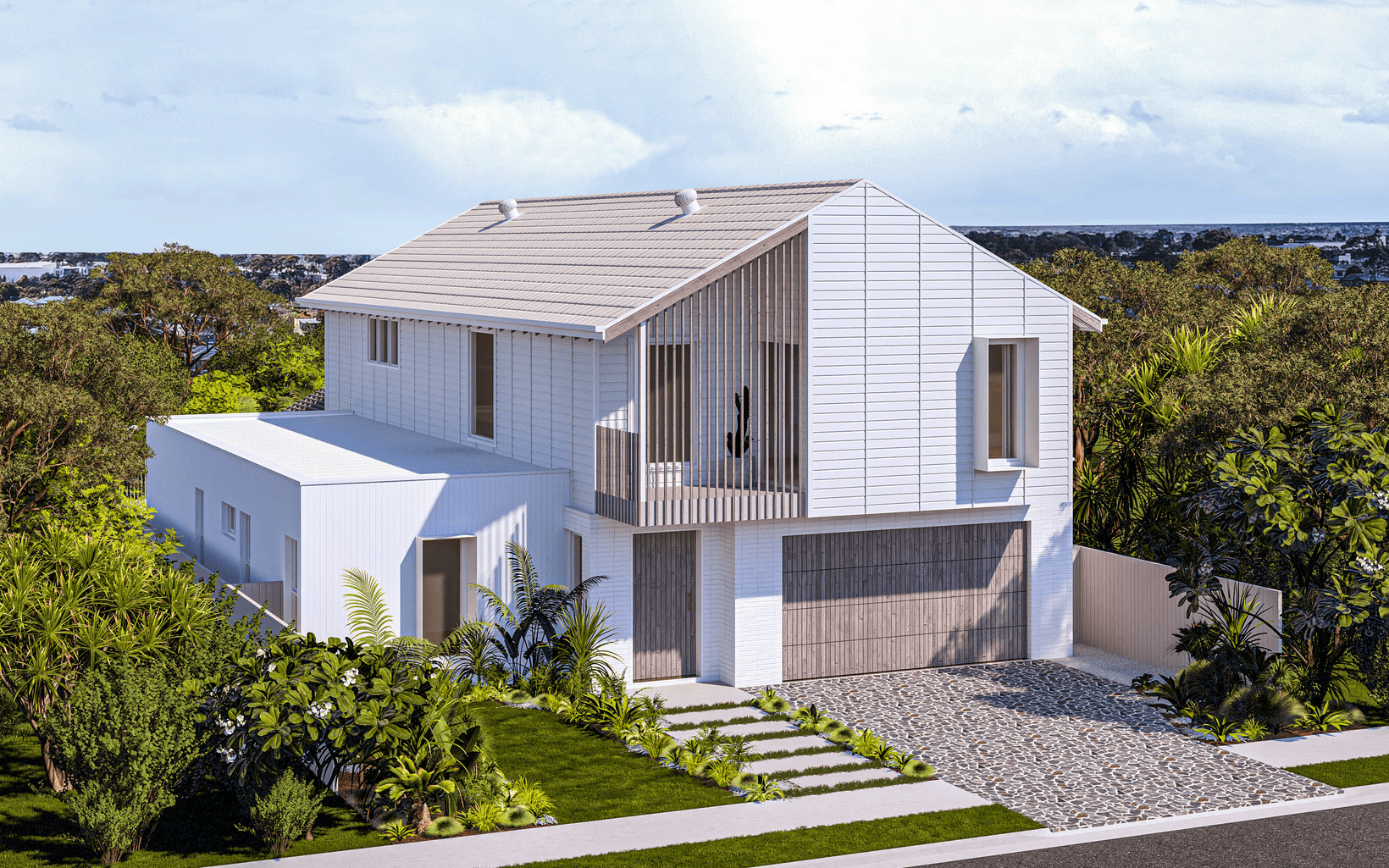A cohesive look and style is important when designing a new home – architects call it the “language” of the building. From the materials chosen to the colour palette selected, it is important to create a home that feels resolved and complete.
This is just one of the reasons to start the design process with the façade. The exterior aesthetic can set the tone for the interiors and give visitors a hint of what they might expect as they enter the front door.
Start from the exterior
It’s all about cohesion, as exterior palettes flow through to the interiors – sometimes using the same shades, sometimes layered with complementary tones. Take the PGH Style Quiz online to discover the home design that works for you, then overlay colour palettes to create your personal style and dream home.
One way to create cohesion is to pick a key exterior material and continue it inside. Alternatively, details outside can be replicated inside, from weatherboard paneling to decorative cornices.
This could involve creating an interior feature wall of PGH Stone to complement a stone façade, or perhaps add hallway detailing such as wainscoting using Cemintel cladding, reflecting the exterior treatment. The streamlined features of Hebel cladding can be replicated with internal walls, or even kitchen cabinetry, while decorative Gyprock decorative cornices can reflect exterior trims or complete the home design. PGH Brick flooring in utility rooms, such as laundries or mudrooms, can reflect external materials and textures, while Bradford Insulation throughout will help to maintain optimum temperatures and comfort levels.
You can even use the colour and finish of Monier roof tiles or trims – or Bradford Roof Ventilation – to frame the front door and carry this through to the bathroom fittings, such as a shower screen frame, or tapware.
Loading component...
Details matter when it comes to the materials of your home – they add the finishing touches. For roofing, assess whether you want tiles with a flat or classic profile, and which style of ridge capping you prefer. The traditional method is lapped ridging, while a more modern style is known as A-line ridge capping, which aligns the capping of the roof end-to-end in one clean, straight line, with no steps. For more cohesion, match the colour of your roof ventilation to your tiles.
Assess how your bricks are laid (known as the bond) – the most common bond is the stretcher bond, which are full bricks offset by half a brick from one row to another. Stacked and Flemish bonds are also popular, or you can choose hit-and-miss brickwork (especially popular for screening), which allows natural light to shine through. Mortar colours and styles will also play a part in the final look of brick.

